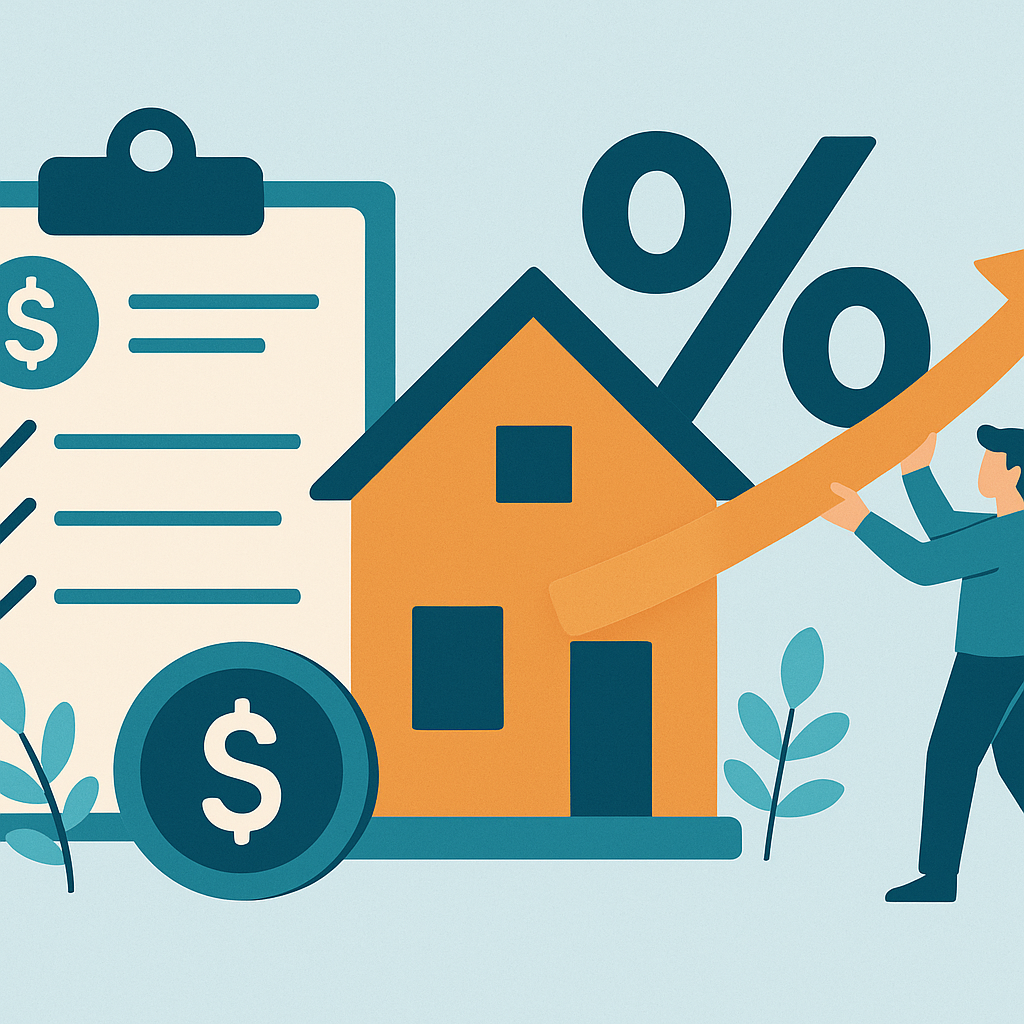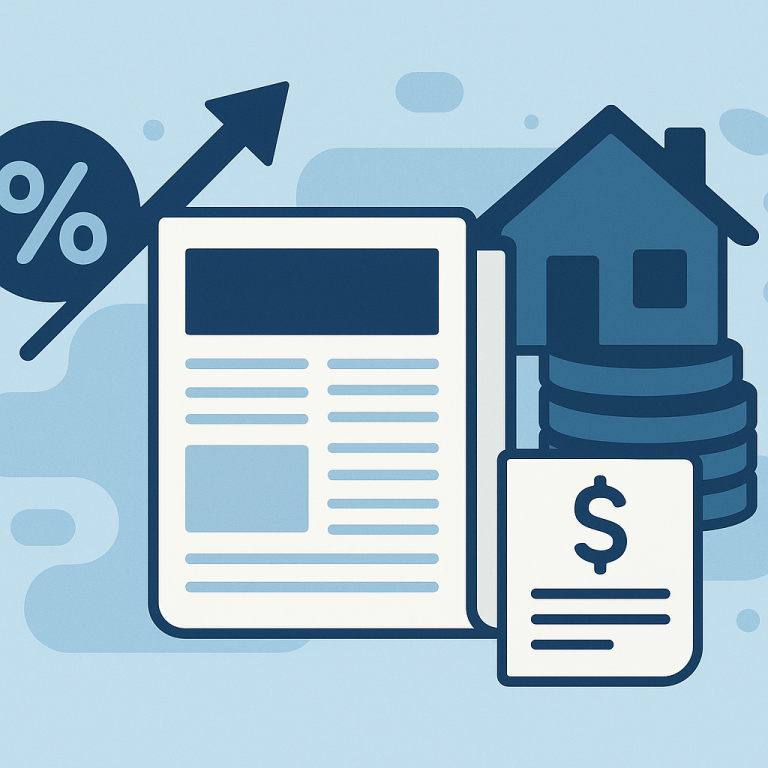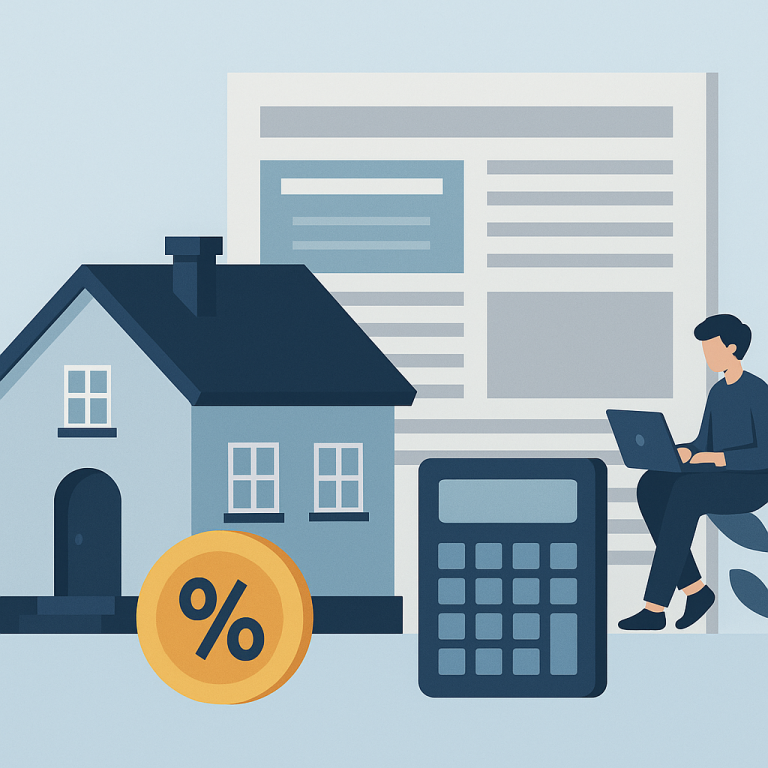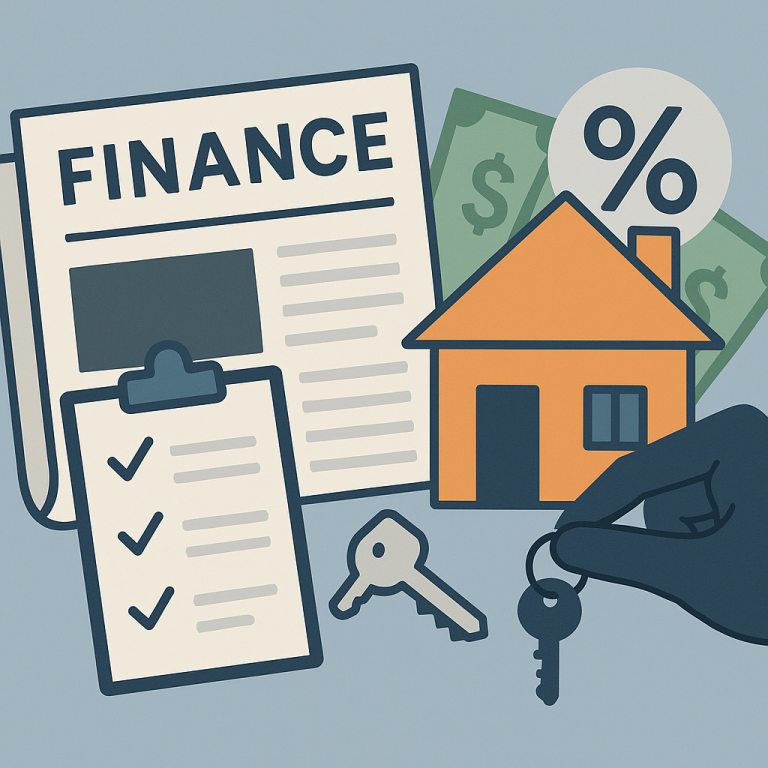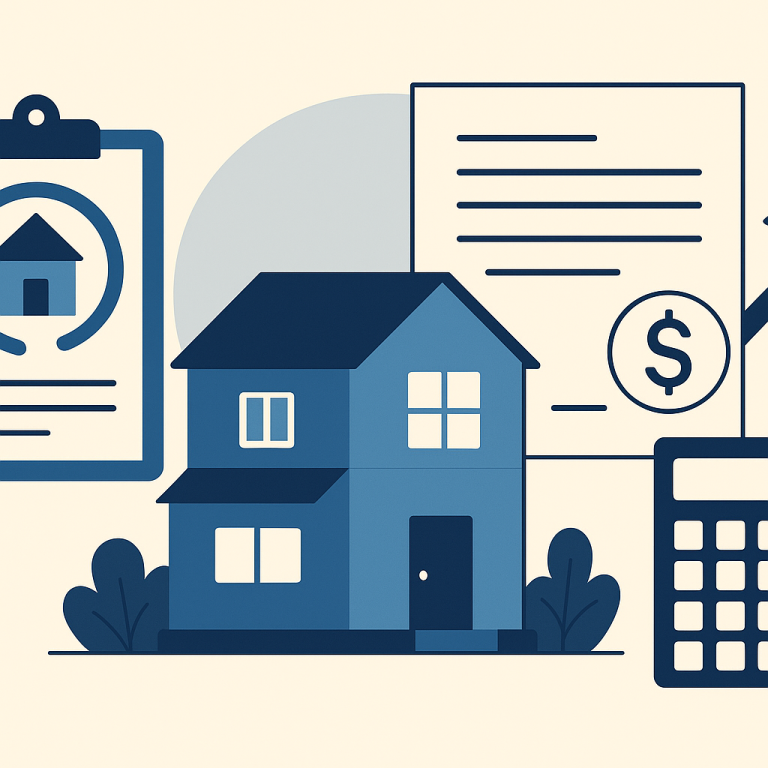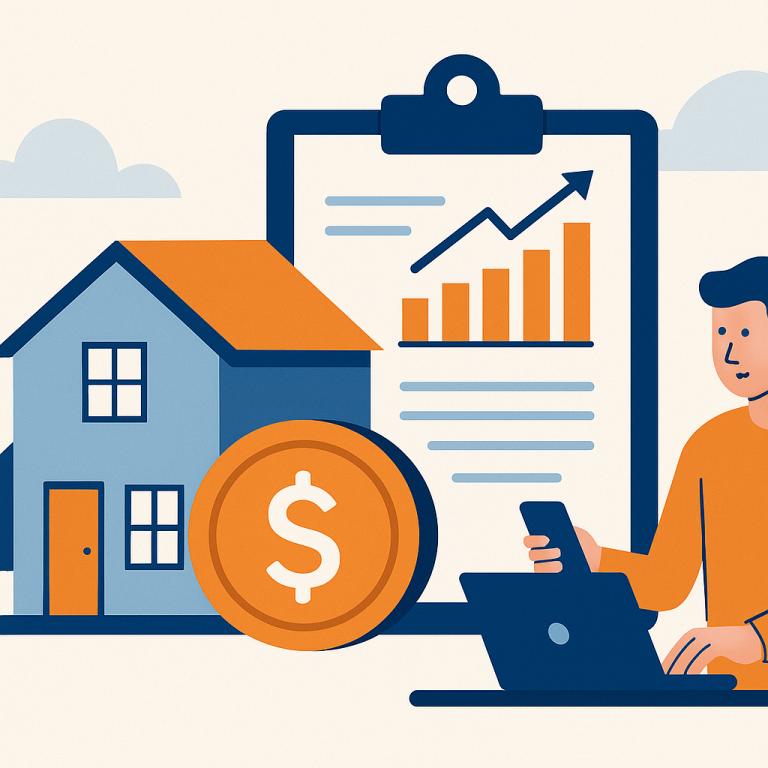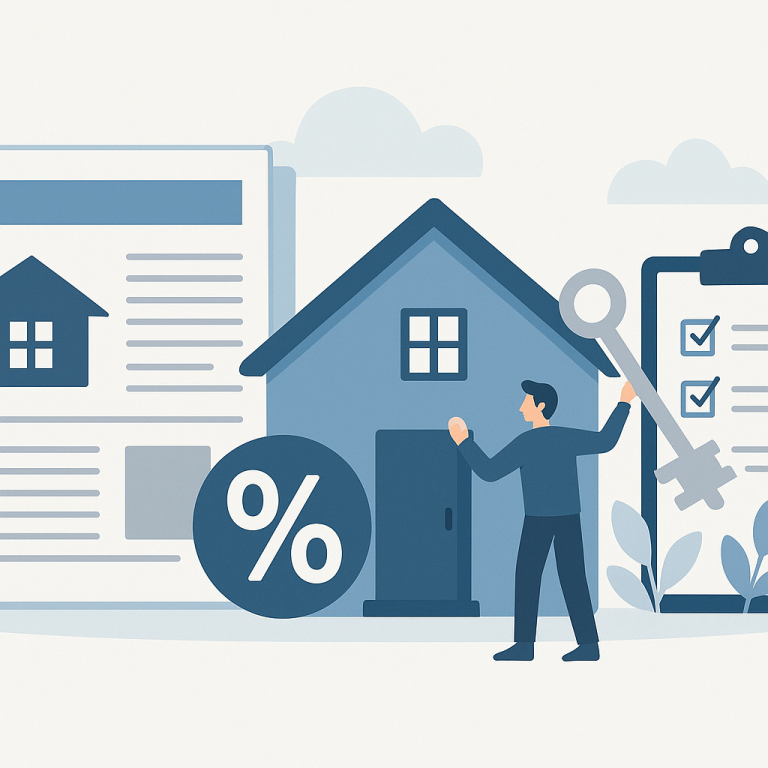Refinance guide FHA streamline refinance complete guide
FHA Streamline Refinance — Complete Guide for Homeowners
An FHA Streamline Refinance is a simplified refinancing option for homeowners who already have an FHA-insured mortgage. It’s designed to lower your interest rate and monthly principal-and-interest payment with significantly reduced paperwork, underwriting, and often no appraisal. This guide explains when it makes sense, what you get, costs to expect, the step-by-step process, common pitfalls, and answers to frequently asked questions.
What it is and when it makes sense
The FHA Streamline Refinance lets borrowers with an existing FHA loan refinance into a new FHA loan with fewer documentation requirements than a standard refinance. Lenders can bypass full income verification, and in many cases an appraisal is not required. The program is meant to make refinancing quicker and cheaper when the goal is to reduce your interest rate or monthly principal-and-interest payment.
It makes sense when:
- You already have an FHA-insured mortgage.
- Current market rates are meaningfully lower than your existing rate.
- You want a faster, lower-documentation refinance and do not need cash out.
- You are current on your mortgage and meet the FHA seasoning and other eligibility rules (see below).
Benefits and drawbacks
Benefits
- Faster closing and less documentation than conventional refinances.
- Often no appraisal required, which saves time and cost.
- Possible to qualify without a full credit or income re-underwriting (lender policies vary).
- May allow switching from an adjustable-rate mortgage (ARM) to a fixed-rate FHA loan.
Drawbacks
- Only available for existing FHA loans — not for conventional loans.
- Mortgage insurance (both upfront and annual) still applies on the new FHA loan.
- There are FHA seasoning requirements and a net tangible benefit rule that must be met.
- Rolling upfront mortgage insurance premium or closing costs into the loan can increase your balance and long‑term interest costs.
Costs and fees
Although paperwork is reduced, you will still encounter costs typical of refinancing:
- Upfront Mortgage Insurance Premium (UFMIP): FHA loans generally include an upfront MIP that is added to the loan or paid at closing. Historically this has been a percentage of the loan amount (commonly quoted around 1.75%), but confirm current HUD/FHA rules.
- Annual Mortgage Insurance Premium (MIP): Ongoing monthly MIP remains in place and varies by loan term and loan-to-value.
- Lender fees and origination costs: Even for Streamline loans, lenders may charge a processing fee, underwriting fee, or rate-specific points.
- Third-party fees: Title, recording, escrow, and any state or local taxes associated with refinancing.
- Optional appraisal fee: Only required if your lender or FHA requires one for your particular case.
Some lenders offer “no‑closing‑cost” refinances where fees are paid by accepting a slightly higher interest rate or by rolling costs into the loan. Always run the math to see long-term tradeoffs.
Step-by-step process
- Confirm eligibility: Verify you have an FHA-insured loan and meet the FHA’s seasoning requirements (e.g., a minimum number of months/payments and a minimum time since the original endorsement). Your lender can help confirm specific timing rules.
- Shop lenders: Not all lenders handle FHA Streamline refinances the same way. Compare rates, fees, and whether they require appraisal or additional documentation.
- Get a quote and application: Submit a refinance application. Expect to provide basic information about your current FHA mortgage and property.
- Lock your rate: If you decide to proceed, lock the interest rate to protect against market movement.
- Underwriting and verification: With Streamline, underwriting is limited. Lenders may verify mortgage payment history and may order title work. Some lenders still request a credit check or income verification depending on circumstances.
- Closing disclosure and signing: You’ll receive loan documents showing all costs. Review carefully and sign at closing.
- Funding and payoff: The new FHA loan funds and pays off your existing FHA mortgage. Your new mortgage payments begin according to the loan terms.
Common pitfalls to avoid
- Assuming all lenders permit a no‑appraisal streamline — some will order an appraisal based on loan-to-value or risk policies.
- Not checking the impact of UFMIP: Rolling the upfront MIP into the loan increases your balance and affects future mortgage costs.
- Ignoring mortgage insurance: Streamline refinancing does not remove FHA mortgage insurance; you’ll still pay annual MIP unless you later refinance into a conventional loan that meets PMI elimination rules.
- Extending the loan term without evaluating total interest: Lower monthly payments can come with more interest paid over the life of the loan.
- Failing to verify the net tangible benefit: FHA requires the refinance to provide a tangible benefit (commonly a reduced P&I payment). If your lender cannot document that benefit, the loan may be denied.
Short FAQ
Can I use an FHA Streamline to get cash out?
No. The FHA Streamline Refinance is for rate-and-term refinances only; cash-out refinances are not permitted. If you need cash, you must pursue a different refinance option.
Do I need an appraisal?
Often no — one of the Streamline’s main advantages is avoiding an appraisal. However, lenders have discretion and may require an appraisal in some cases. Confirm with your lender early.
How soon after getting an FHA loan can I streamline refinance?
FHA has seasoning requirements (a minimum time and payment history) that must be met before you can refinance via the Streamline program. Typically this includes several months since endorsement and a series of on-time payments. Ask your lender to verify the exact timing for your loan.
Will refinancing remove my mortgage insurance?
Not automatically. FHA mortgage insurance generally remains on the new FHA loan. To eliminate MIP you would typically need to refinance into a qualifying conventional loan or meet other program-specific rules in the future.
FHA Streamline Refinance can be a fast, efficient way to lower your monthly payment or move to a more stable interest structure when you already have an FHA loan. Compare multiple lenders, understand the fees and mortgage insurance implications, and verify eligibility before you proceed.
META: FHA Streamline Refinance guide — evergreen overview, eligibility, costs, process, pitfalls, FAQ.

